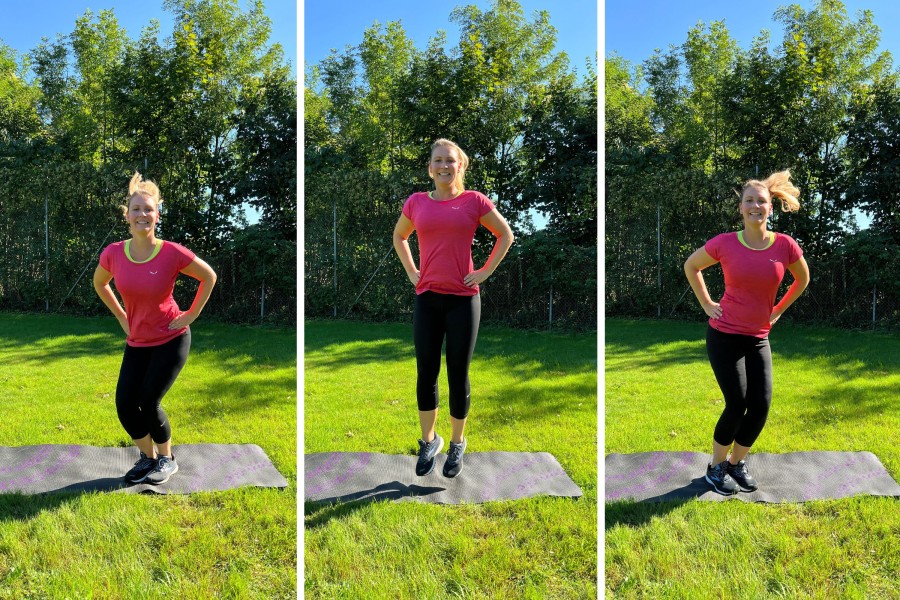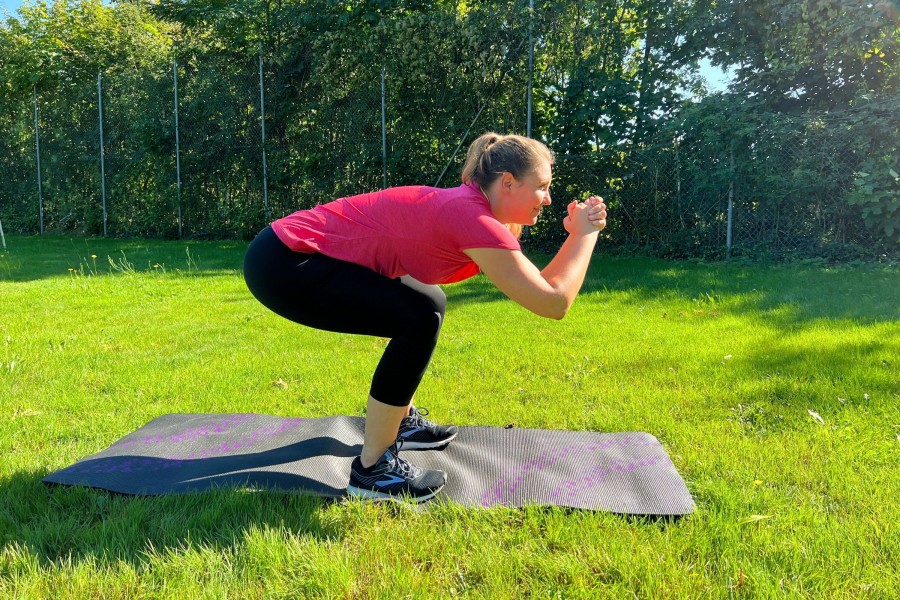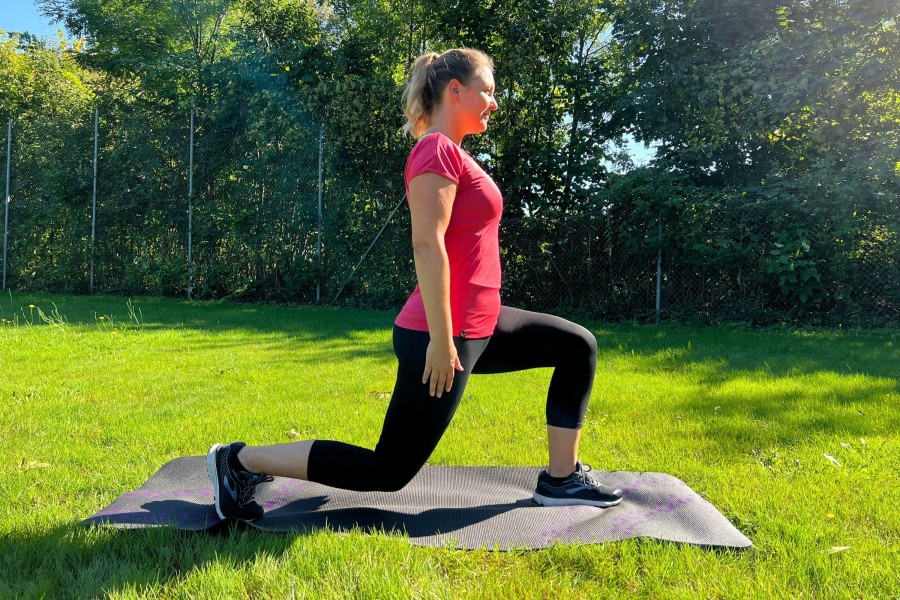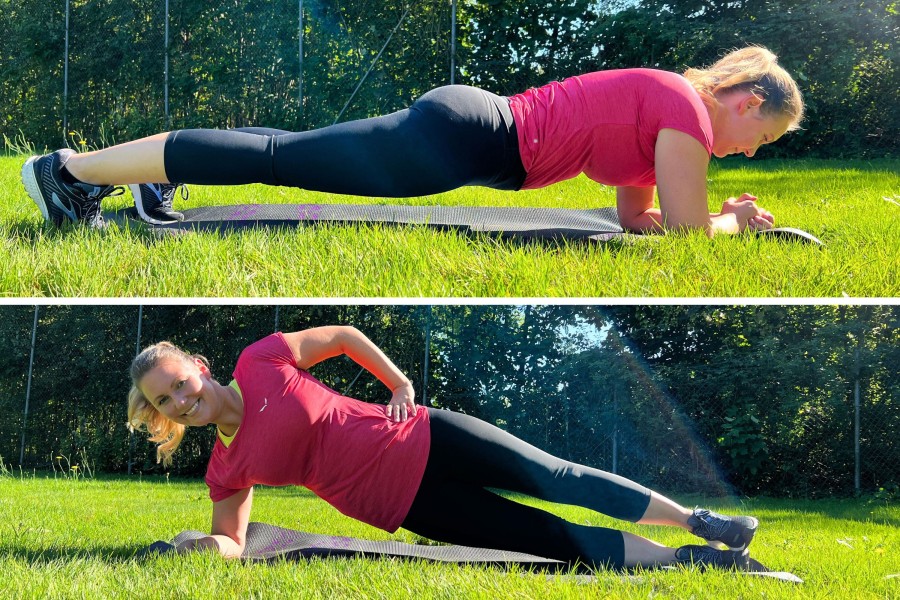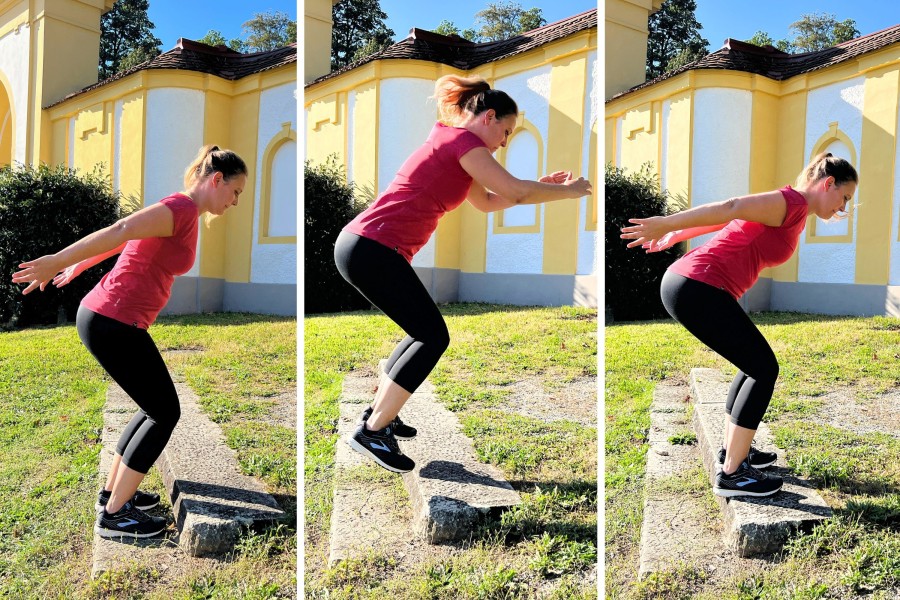Winter sports, and especially skiing are endurance sports. That alone means you need a certain level of general fitness. Easy workouts help prepare you before you head off to your ski trip, and help your body adjust to the strains to come.
Start Your Training On Time
Ideally, you should start your training about one to two months before your first ski run. If you think this will take a lot of time and effort, think again. You can simply integrate some easy exercises into your day-to-day life. Major advantage of the training: a good general fitness means better body control and more fun on the slopes! A pretty convincing argument, isn't it?
Stamina, Strength, Stability

You can divide a winter sportsman's fitness programme into several parts: there is some strength training, work on flexibility and stamina, and coordination and balance training.
Positive effects of the training include strengthened muscles, a correct skiing posture as well as quicker change of direction and effective reaction. Hence, trained muscles might prevent falls, and protect your joints and chords. Solid stamina also makes sure you don't go out of breath right away.
Increased flexibility lowers the risk of injury, and good stability and balance prevent falls. That's why ski gymnastics are an essential part of skiing preparation. If you haven't been physically active in a while, you should see a doctor before the first workout to get a check-up.
Focus on Torso and Legs
But enough on the advantages of good fitness, now we want to show you how to prepare your body for the winter fun. The main focus of the exercises is on torso and legs, as those areas are particularly strained.
In any case, it is important to start with easy exercises, slowly working your way to the more difficult ones. Conveniently, the exercises can be done almost anywhere, and are often easily integrated into your day-to-day life. So let's get started!
Exercise 1: Wedelhüpfen (Wag Jumps)
Wag jumps are the perfect exercise to warm up, as they get your body and your circulation going. Jump up and down, turning your torso left to right and right to left. Legs remain closed. An alternative variation could be placing an object on the floor, and jumping over it from left to right and back with closed legs. After 60 seconds you'll be sufficiently warmed up.
Exercise 2: Downhill Position
The downhill position helps strengthen your thigh muscles and stabilise your centre. Just bend your knees into downhill position (feet hip-width apart, lowering your bottom), and stay there for 20 to 40 seconds. Abs are contracted, the upper body is long. You can stabilise the position taking the arms up or in front. Repeat the exercise three times. If you want a little more, shift your weight onto one leg, alternating between left and right.
Exercise 3: Lunges
Lunges help with coordination, while also strengthening the knee and ankle joints. With one leg in front, lower down into the lunge, bending the knees. Hold it for a few seconds, then change sides. Place front knee over front ankle, you should always be able to see your front big toe. Shift your weight slightly to the front. Repeat ten times on each side.
Exercise 4: Squats
You probably know squats from just about any gym class. They are also helpful for skiing. Feet are hip-width apart, keep your upper body straight, arms out in front, and lower your knees. This works out all the muscles in your lower body. Protect your knees by shifting the weight away from the toes and onto the heels. Make sure not to round your back during this exercise. If you're lacking flexibility, just widen your stance. For an effective training, do five sets of 10 to 20 squats.
Exercise 5: Forearm Plank/ Side Plank
This is a great full-body strengthener. Lower into forearm plank, contract your abs and try to keep your body straight as a plank. Keep the position and don't forget to breathe. Repeat six times for as long as you can. You can lower your knees at the beginning if you are really struggling, but make sure to keep your upper body straight and strong. Another option is side plank: turn to your side, prop up on the respective forearm and lift your upper body and hips up.
Exercise 6: One-Legged Ball Circles
For this exercise you stand on one leg, circling a ball around your hips. Change direction and alternate legs after about 10 circles. This helps you work on stability, coordination, and strength. It is important not to look at the ball, but to keep your gaze straight out front. Repeat three times per leg.
Exercise 7: Two-Legged Standing Jump
To train your legs and their speed, try to jump onto an obstacle from standing with both legs at once. It helps to start from a slight squat and to take your arms up. Three sets of thirty seconds will surely make you sweat.
Integrating It Into Daily Life
While the weather is good, you can work on stamina by going out inline skating (also helps with gliding) or for a run. Even a short walk every day during your lunch break will make an impact.
Some balancing exercises are also easily integrated into daily life: simply stand on one leg while brushing your teeth or talking on the phone. If that's too easy, you can try to bend your knee for some one-legged squats. Another possibility is to roll onto your tiptoes and back to normal standing from time to time while brushing your teeth or cooking. Or train your shin muscles by lifting your toes. Keep them pulling for a few seconds, then release. You can intensify the exercise with a heavy book on top of your toes.
Don't want to exercise all by yourself? There are many ski gymnastics classes available in most areas (check out local ski or sports clubs) where professional staff helps you get in shape for the winter to come.
Mind What You Eat

Besides working out, (winter) sportsmen should also try to eat a healthy and balanced diet – just like everyone should, really. We have a few tips specifically for winter sports:
Before you hit the slopes, you should ideally eat something that is high in carbohydrates. To start your day, try some oatmeal with seeds and fruit and a glass of vegetable or fruit juice. For lunch and dinner, dig into potatoes, rice, pasta and bread as well as fruits and vegetables. Bananas and cereal bars can be good snacks to provide you with energy throughout the day. To make sure your muscles get enough minerals, drink plenty of mineral water. Isotonic drinks are especially helpful to counter electrolyte loss caused by sweating.
Great, now all you need to do is to conquer your weaker self and start training. Then you will be able to start next season perfectly prepared, and enjoy the slopes even more!

